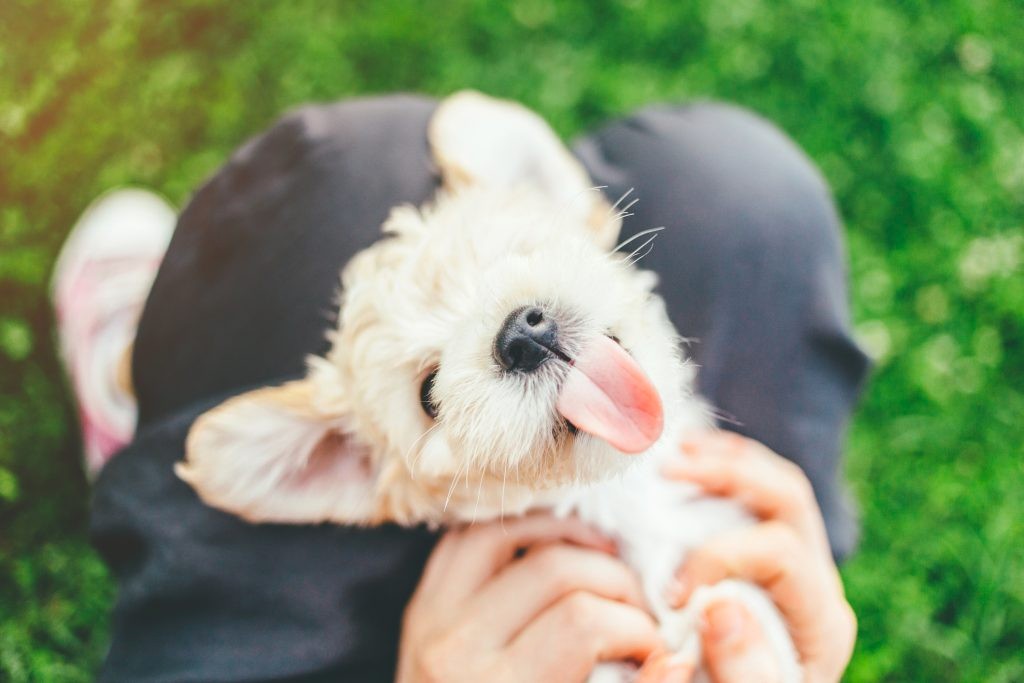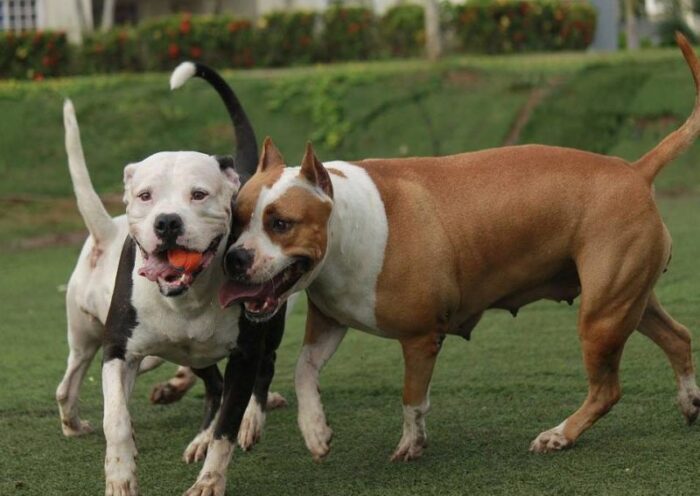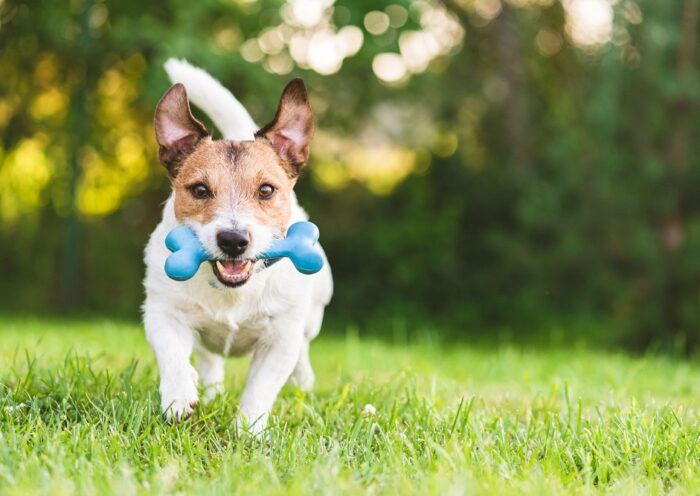
Dogs make great pets.
Dogs make great pets. They are loyal, friendly, and always happy to see you. However, training your dog can be a challenge. There are many different dog training commands and techniques that you need to know in order to train your pet effectively. In this blog post, we will provide an overview of the most important dog training commands and tips that you need to know in order to create a well-behaved pet!
The Importance of Dog Training
Even the best dog boots can benefit from some formal obedience training. Training classes provide a social atmosphere for dogs and their owners, as well as instruction in basic obedience commands. Training also helps to establish a bond between dog and owner and can help prevent behavioral problems.
Basic Dog Training Commands
The most important commands that you should teach your dog are sit, stay, come, down, and heel. These commands will help you to control your pet in any situation. You can find detailed instructions on how to train your dog each of these commands here:
Sit:
To train your dog to sit, start by getting them into a standing position. Then, hold a treat close to their nose and say the command “sit.” As they smell the treat, slowly move it up and back so that their head follows the treat and their bottom sinks down into a sitting position. Once they are sitting, give them the treat and praise them.
Stay:
To train your dog to stay, start by getting them into a sitting or standing position. Then, say the command “stay” and take a few steps away from them. If they remain in place, give them a treat and praise them. If they get up and follow you, try again and make sure to keep a shorter distance between you this time.
Come:
To train your dog to come, start by getting their attention with a treat or toy. Once they are looking at you, say the command “come” in an excited voice and back away from them while holding the treat or toy out in front of you. As they follow you, give them the treat or toy and praise them.
Down:
To train your dog to down, start by getting them into a sitting position. Then, hold a treat close to their nose and say the command “down.” As they smell the treat, slowly lower it down to the ground while keeping their attention on the treat. Once their elbows touch the ground, give them the treat and praise them.
Heel:
To train your dog to heel, start by getting them into a standing position next to you with their shoulder in line with your leg. Then, say the command “heel” and take a few steps forward while holding a treat
If you are looking for information on Schutzhund dog training, then it can be effective. Schutzhund dog training is a specialized type of training that is designed to create a well-rounded and obedient dog using German dog commands. This type of training takes time and effort, but it is well worth it in the end.
When looking for a Schutzhund trainer, be sure to find one who has experience in this type of training. The trainer should also be able to provide you with references so that you can see the results that they have achieved with other dogs.
Schutzhund dog training can be a great way to create a well-behaved and loyal pet. If you are willing to put in the time and effort, this type of training can be very successful.
Tips for Effective Dog Training
1. Start with basic commands.
Before you can train your dog to do anything complicated, you need to start with the basics. Teach them how to sit, stay, come, and down. Once they have mastered these commands, you can start teaching them more complicated behaviors.
2. Be consistent.
If you want your dog to learn a behavior, you need to be consistent with your commands and rewards. If you give them a command one day and then don’t follow through the next, they will only become confused and will be less likely to obey you.
3. Reward good behavior.
One of the best ways to train a dog is to reward them for good behavior. This could mean giving them a treat or petting them, but it’s important to make sure they know that they are being rewarded for their actions.
4. Be patient.
It may take some time for your dog to learn a new behavior, so be patient and keep rewarding them for their efforts. If you get frustrated, they will likely become discouraged and will be less likely to listen to you in the future.





